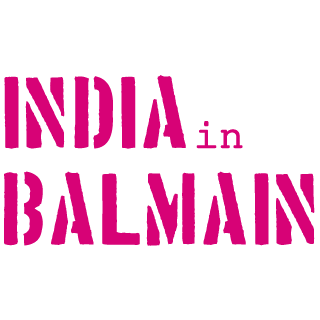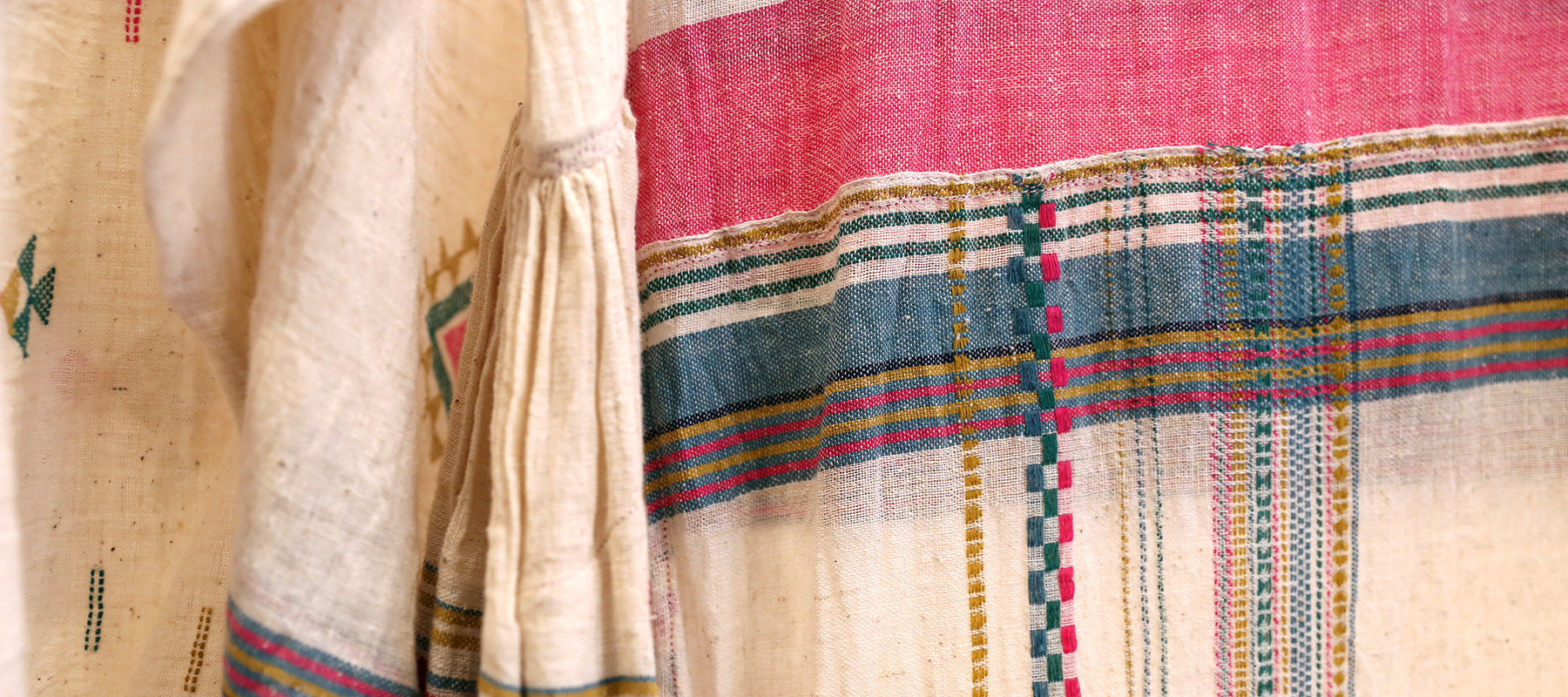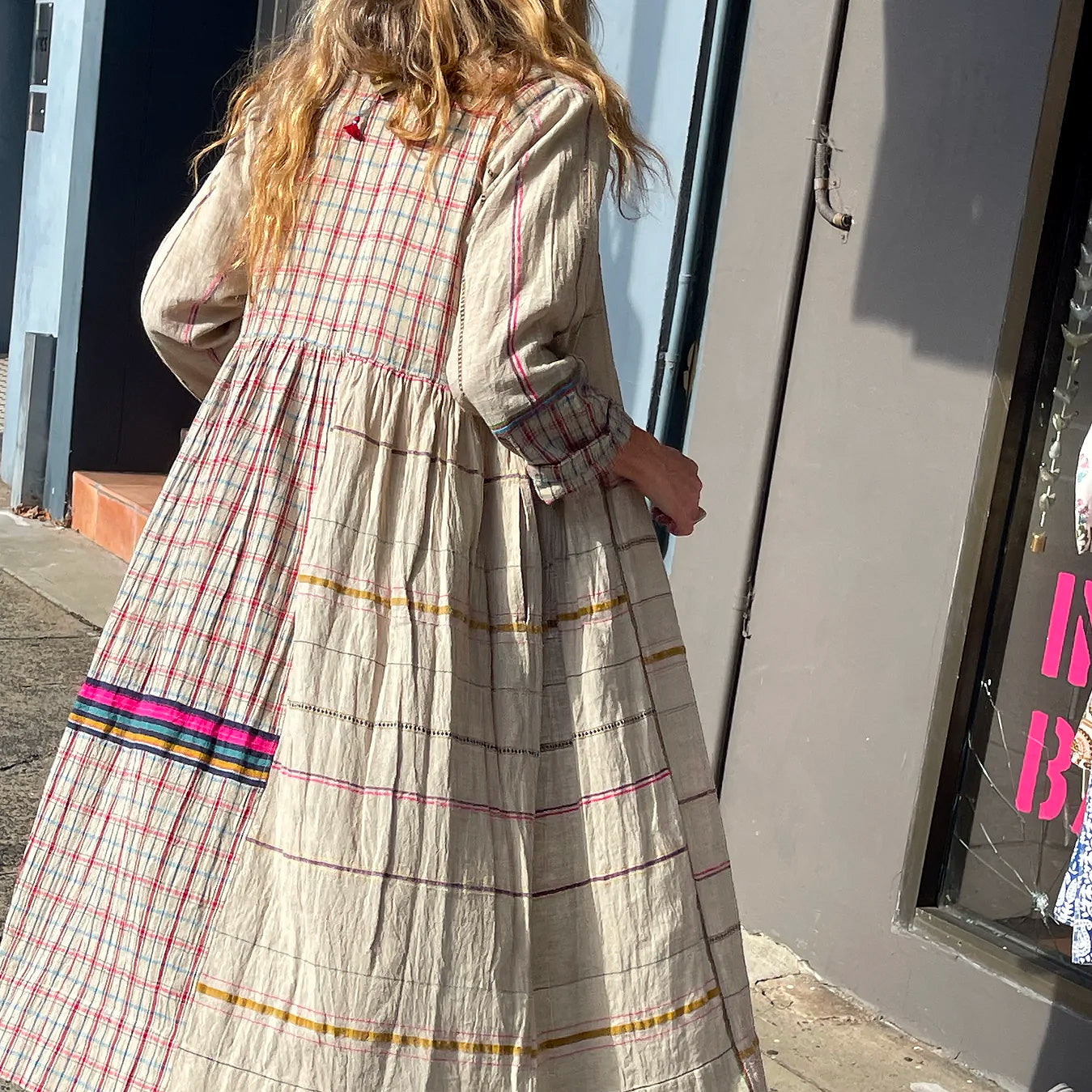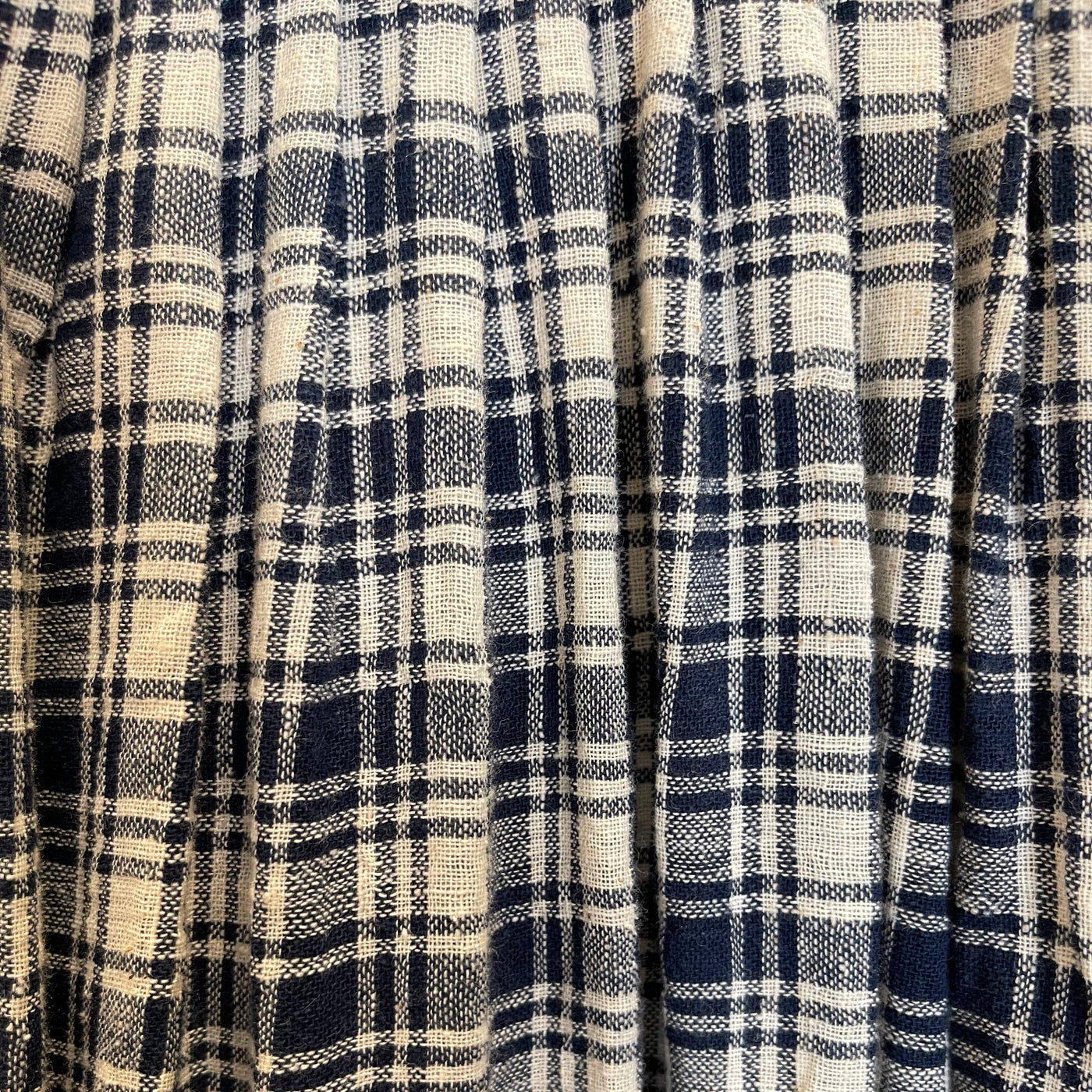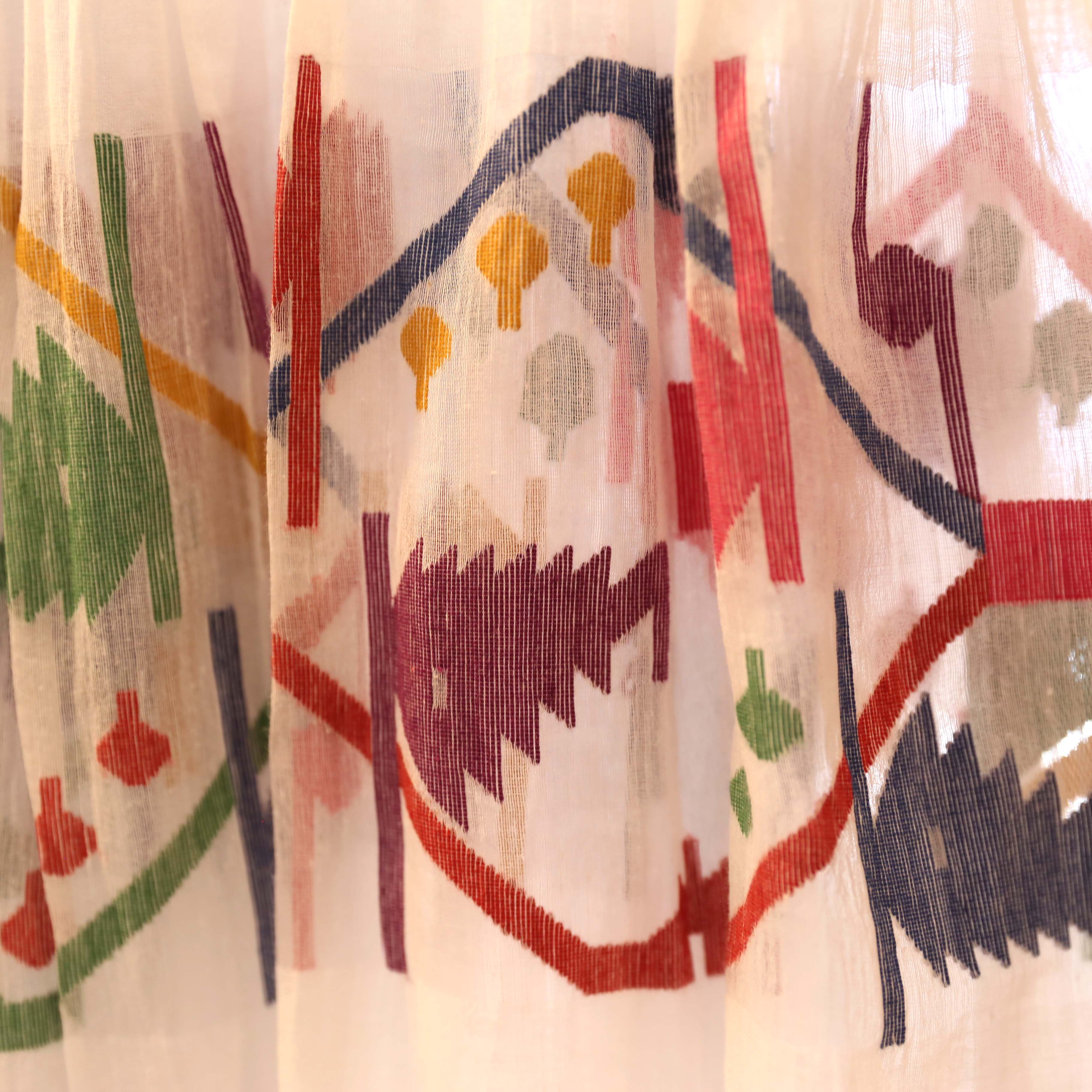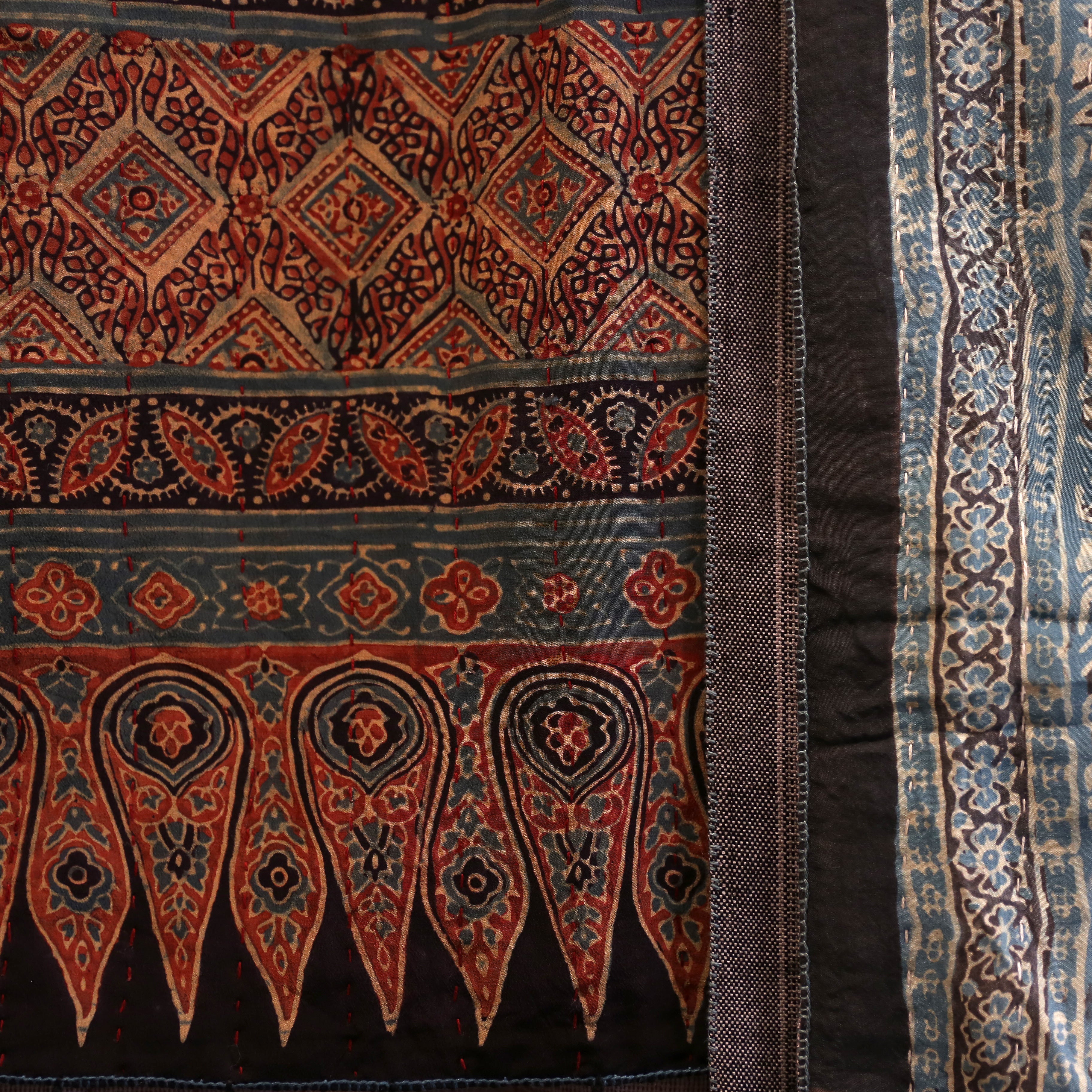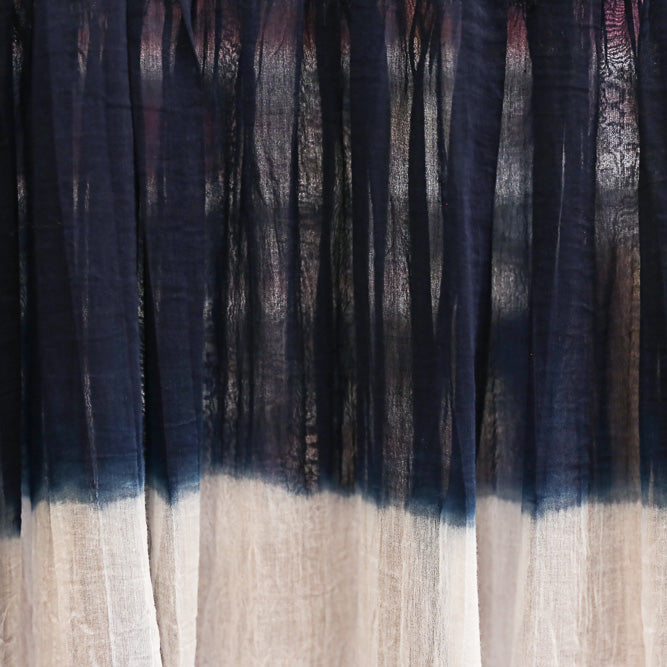Woven ⋮ Organic Kala Cotton
India in Balmain seeks to source handloomed, naturally dyed, organic cotton products wherever possible. By seeking out organic cotton alternatives to everyday products, you can quickly act ethically and sustainably by encouraging cotton grown without pesticides and reducing harm for the planet and people.
Cotton is a natural fibre that has been used in clothing for centuries. It is popular because it is light, breathable, soft, strong, easy to work with, and easily absorbs dyes.
We know that consumers are increasingly looking for better products for themselves and the environment. The search for “organic” products began with food and has since reached the fashion industry. More and more brands are starting to offer organic options to their consumers.
Organic cotton is grown without pesticides from seeds that have not been genetically modified.
Organic cotton is being increasingly recognized as the safest, non-toxic, eco-friendly textile option. India, being the largest producer of organic cotton in the world, offers tremendous scope for organic textiles production and exports. The bulk of organic fibres and textiles produced in India are being consumed by prestigious companies in Europe and the US at premium rates.
The global organic clothing industry represents just approximately 1% of global consumption. Out of this, India alone accounts for almost 74% of the production. As of now the use of organic cotton is still a niche market but there is tremendous potential for its growth in an increasingly environmentally and health conscious world.
As always, if you want to have a more positive impact on people and the planet, we recommend buying less, choosing well, and making it last.
Kala Cotton in Kutch, Gujarat, India
Kala cotton has specific characteristics. This indigenous strain of cotton is genetically pure, which differentiates from the genetically modified Bt cotton. Kala cotton is hardy and resilient even under harsh weather conditions. Completely rain-fed and growing naturally even in the arid, drought-prone areas of Kutch, where there is less than 40 cm of rainfall, its high drought tolerance imposes minimal or no demand on scarce water resources, which makes it extremely water efficient.

Irrigation requires electrical or diesel energy to lift and supply water; manufacturing and transporting chemical fertiliser requires energy and produces greenhouse gases after usage; the use of pesticides poisons the environment, soil and water. For the most part, Kala cotton is grown without the use of irrigation, chemical fertilisers and pesticides, which makes its ecological footprint much lower as compared to other varieties of cotton. This is the reason that Kala cotton is considered to be among the most energy-efficient and carbon neutral crops in the world; more so in the present conditions of water scarcity in India
Kala cotton, in the process of being registered as a trademark, is an energy-efficient and carbon neutral crop. Hardy and resilient even under harsh weather conditions, it is completely rain-fed and grows naturally even in the arid, drought-prone areas of Kutch, where there is less than 40 cm of rainfall. In her article for Fibre2Fashion, Banhi Jha discusses the gradual rise of Kala cotton in the Indian fashion scene.
In the early market systems of Kutch, farmers and weavers worked together to create rich, organic woven textiles with a soft but durable texture. Creating textiles from local, old world cotton is part of a vibrant national legacy of making cloth from the first to last step on Indian soil. Khamir’s Kala Cotton Initiative is a reinterpretation of an old craft value chain made for the modern marketplace.
The history of cotton cultivation in India points to evidence of several domestic varieties of cotton. Kala cotton (Gossypium herbaceum) is an indigenous strain of rain-fed ‘old world’ cotton that was a part of India’s cotton export to Great Britain during colonial rule when the forcible cultivation of long-staple variety of cotton led to disruption in the value chain between domestic cotton farmers, weavers, natural dyers and markets till its production was almost obliterated, resulting in the meltdown of the homespun industry. Even after Independence, in spite of its sturdiness and pest resistance, it was tagged for perceived ‘inferior’ status as compared to the long-staple American and other hybrid varieties.
Kala Cotton Initiative by KHAMIR
Kutch Heritage, Art, Music Information and Resources

The uniqueness of Kala cotton was highlighted by Khamir, a nongovernmental organisation established in Kukma, Bhuj after the 2001 earthquake.
In the early market systems of Kutch, farmers and weavers worked together to create rich, organic woven textiles with a soft but durable texture. Creating textiles from local, old world cotton is part of a vibrant national legacy of making cloth from the first to last step on Indian soil. Khamir’s Kala Cotton Initiative is a reinterpretation of an old craft value chain made for the modern marketplace.
It is a platform for the promotion and sustenance of traditional handicrafts, practices and culture, community and local environments that have global relevance.
To address the socio-economic imbalance created by increasing industrialisation and mass production on one hand and the decline of traditional production systems and local partnerships on the other, Khamir initiated the Kala Cotton Initiative in collaboration with Satvik, an association of organic farmers in Kutch, to support farmers there through links with small-scale weavers. The preservation of agricultural and artisan livelihoods in Kutch necessitated raw material that was locally grown, environment-friendly and could potentially create social value.
The use of Kala cotton by fashion designers and the efforts of nongovernmental organisations and fashion event organisers, have contributed to raising the awareness level about Kala cotton. The consolidated impact of these initiatives has resulted in the resuscitation of a languishing cotton crop as a sustainable alternative to Bt cotton. Kala cotton is in the process of being registered as a trademark.
The underpinning story of courage, history and contemporaneity of Kala cotton produced through environmentally-conscious processes resonates with the discerning buyer and translates into increasing demand .
References:
Kala cotton: Cotton of Resilience. Bani Jha. July 2020
A Frayed History - The Journey of Cotton in India. Meena Menon + Uzramma 2017
